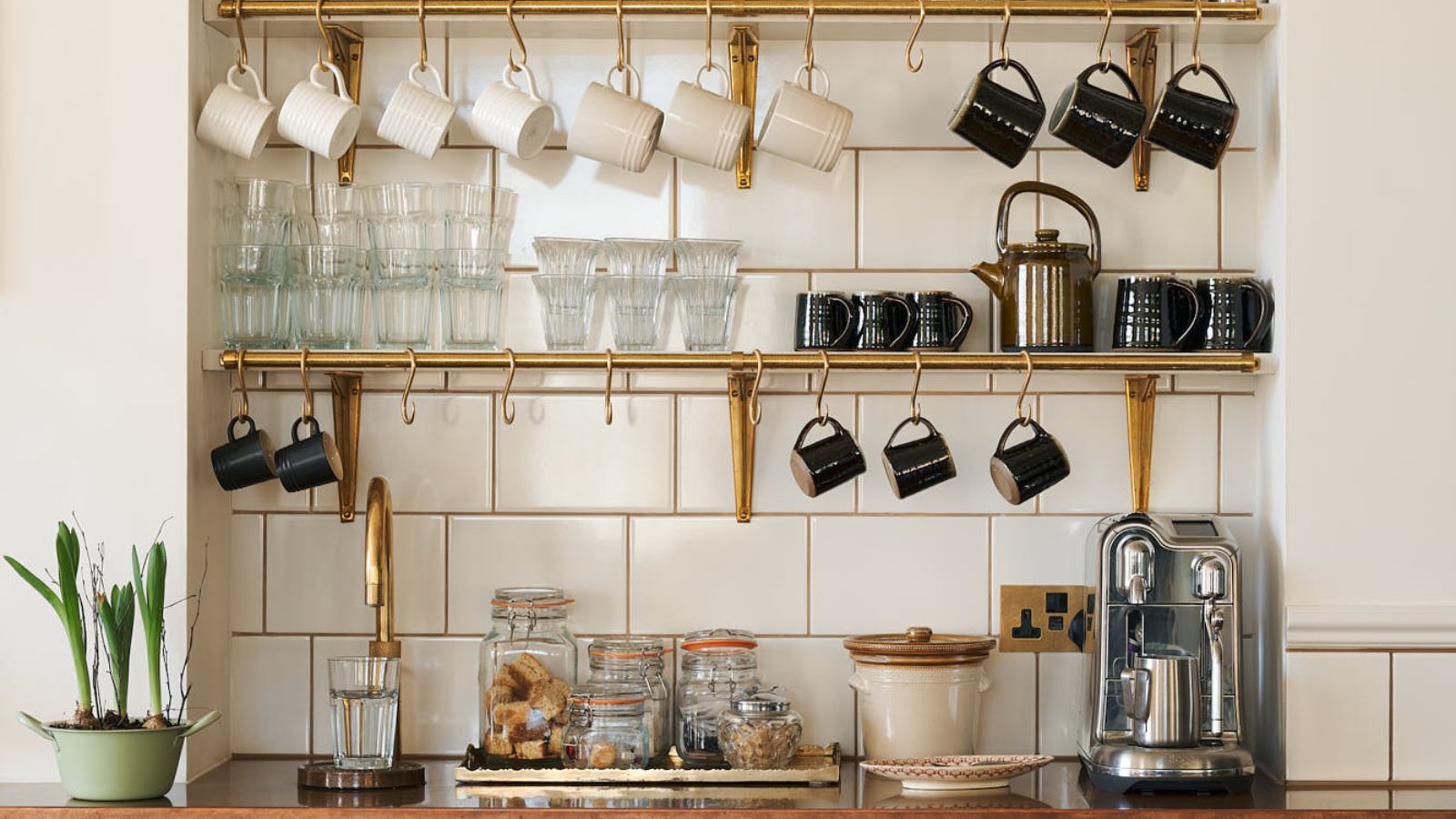Thatched roof costs: How much to thatch a house plus what is a thatcher's square?
Thatching can eat up a huge amount of your budget when renovating — so planning can be key. Here's our expert guide to the costs and how and why this can vary
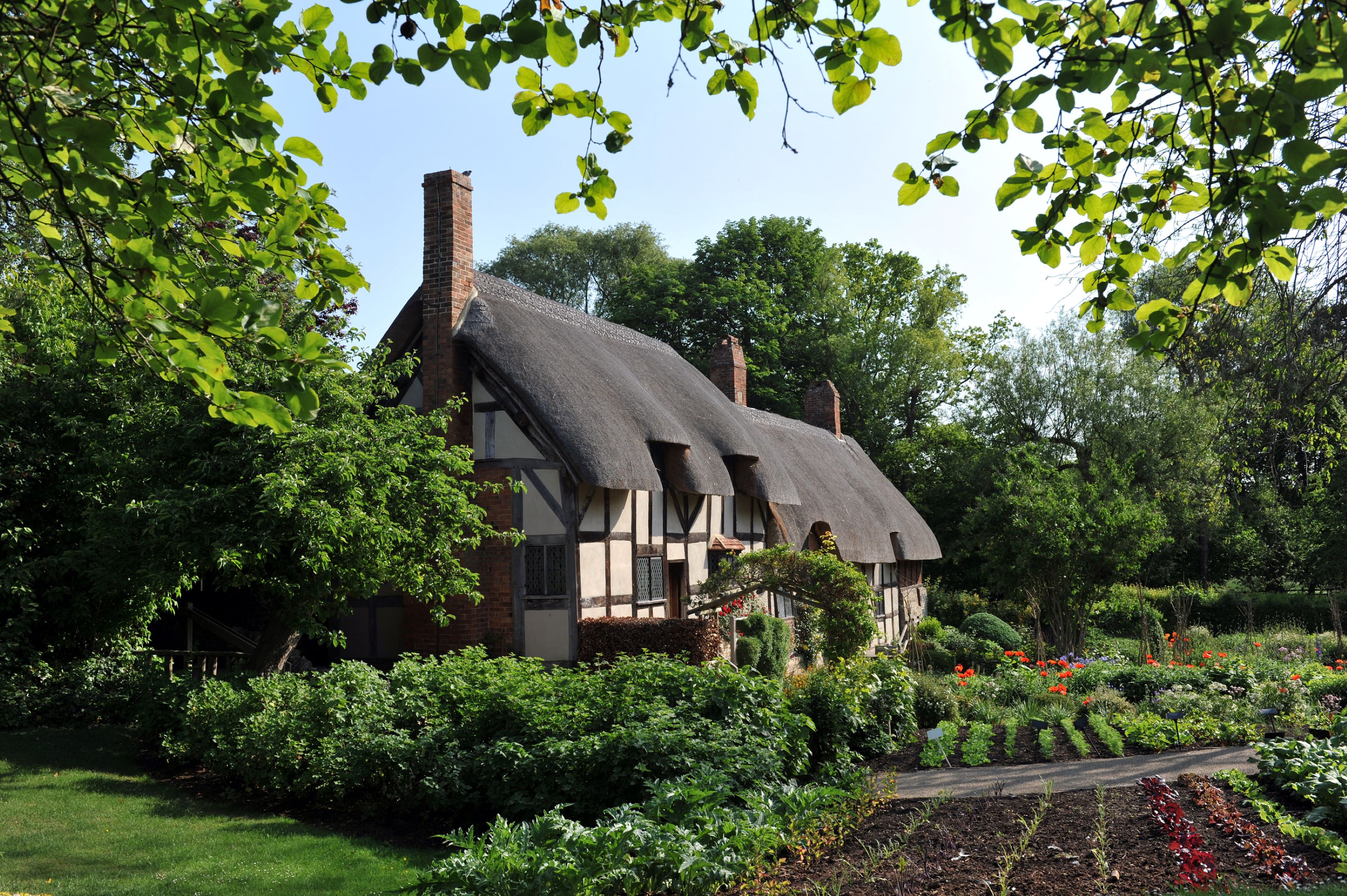
Thatched roof costs can be a large outlay in a project, typically costing tens of thousands of pounds. And for good reason, as thatching is a highly-skilled trade, often requiring decades of experience for a master thatcher to be able to start his or her own practice.
The problem is compounded by warnings of straw shortages by Historic England, causing huge problems for the industry and threatening the very existence of the cherished thatched cottage on the British landscape. Which is strange timing in a sense, given that thatched roofs can be one of the greenest, eco-friendly and warm roofing options available.
While water reeds can be imported from Turkey, Austria, Hungary and even China, traditional thatching straws are still mainly grown in the UK. With British farms expanding, their desire to dedicate land to growing thatching straw seems to be disappearing with it.
With this in mind, here's what you need to know when it comes to calculating how much to set aside for your thatched roofing costs when renovating a house, as well as looking at other costs you might need to consider, the different thatching materials and what time of year you should get your home re-thatched.
What are the costs for a thatched roof?
Thatched roof costs vary dramatically depending on where you live in the UK and can be anything from £1,500 to over £3,000 per thatcher's square plus VAT. Andrew Raffle, secretary of the National Society of Master Thatchers, explained that the huge degree of variation is down to a number of factors.
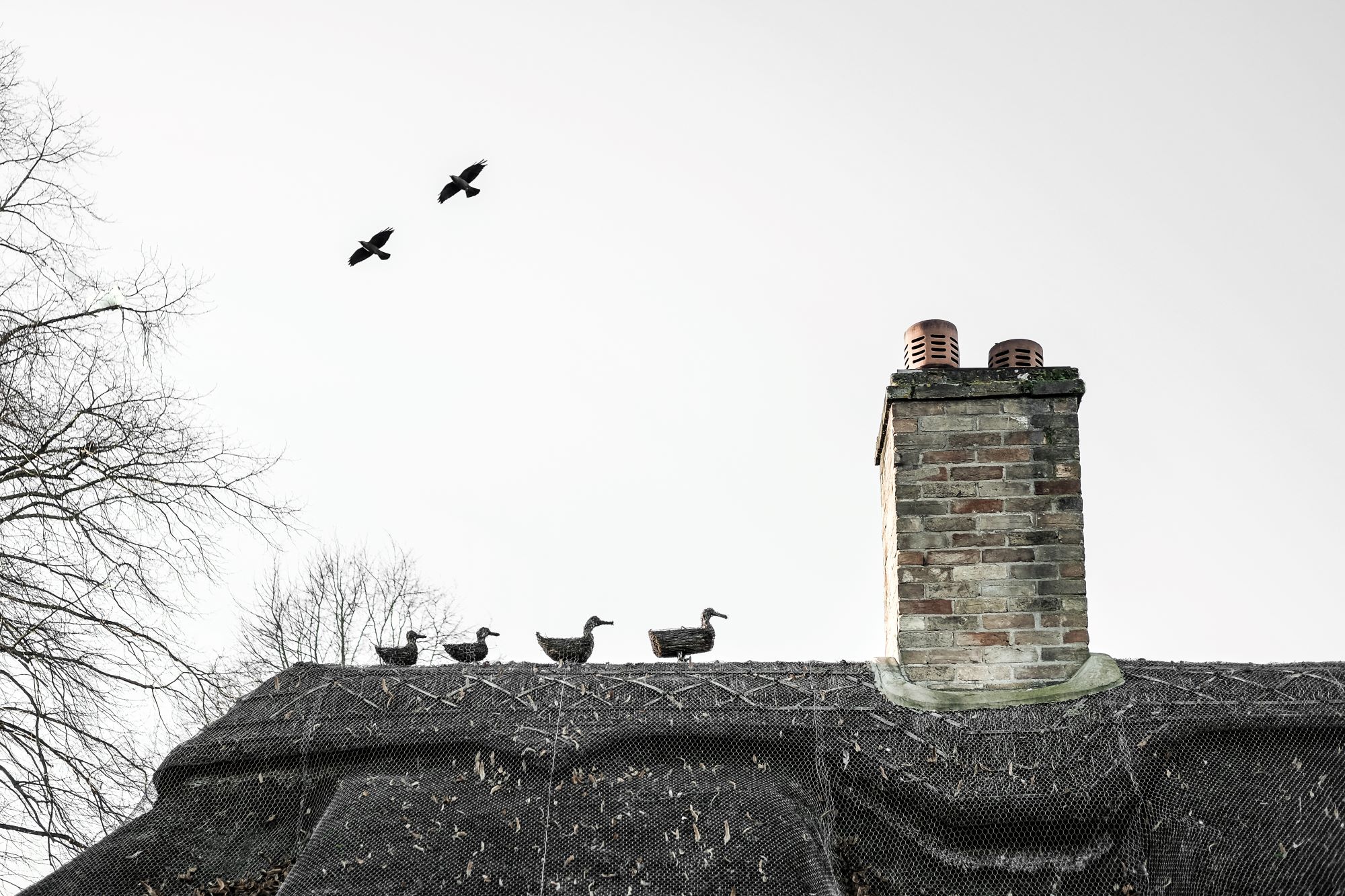
Apparently, adding ornate trimmings to your thatch roof doesn't really add much to the overall thatched roof costs. "Some people love them, some people hate them," said Mr Raffle. "Some look upon them like having a garden gnome in the garden. Other people see them as being Pagan images to keep the spirits at bay. All sorts, but it doesn't affect the cost too much. The hard part is actually producing the thatch and that is where the skill is."
"Prices vary tremendously. The regional variance is down to the number of factors; demand, the different materials that people use, and whether it is being transported over long distances. Living standards are quite different in the South West for instance, compared to the home counties," he explained. "Often it is very confusing to thatch owners to be told a price, only to find out that in their local area it isn't accurate," he said.
"What we suggest is that the homeowner gets in touch with two or three local thatchers who can be found from a postcode search from our website and they can find out specifically in their area what the prices are."
Bring your dream home to life with expert advice, how to guides and design inspiration. Sign up for our newsletter and get two free tickets to a Homebuilding & Renovating Show near you.
He added: "Thatchers are a very loyal bunch and they try to keep the prices as low as possible for their customers while still maintaining a quality job."
When we asked Mr Raffle where the cheapest and most expensive places for thatching are in the UK to give homeowners a rough idea, he explained that prices tend to typically be more expensive around London and cheaper in areas such as Devon and Cornwall.
He added that there aren't many thatched homes in the north of the UK due to "the climate not being conducive to growing thatching materials". He also said that the natural abundance of slate further north meant this was often used as a roofing material instead.
We phoned a thatcher in each of these areas to get a rough idea of the variance in pricing. In Devon, one thatcher said he charges between £1,500 and £1,800 plus VAT in water reed for a thatcher's square. For combed straw he is charging between £1,500 and £1,600 plus VAT for a thatcher's square.
In Hampshire, we spoke to fifth generation Master Thatcher Scott Sharp from EE Sharp and Sons and he charges between £1,600 up to £3,000 per thatcher's square plus VAT for either long straw, combed wheat or water reed.
"There's huge variation due to access, position on plot, availability. Some water reeds have quadrupled in cost due to Brexit followed by the Ukraine war. There's huge fluctuations in price at the moment. It's literally going up and down like a fiddler's elbow. That's probably our biggest challenge and trying to futureproof yourself is virtually impossible as we price years in advance," Scott Sharp explained.
Once you have a cost figure per thatcher's square, the price will vary again depending on:
- Size and shape of your thatch roof
- The design of your thatch
- Coat thickness
- Whether thatching the whole roof or just the ridge (ridge is much cheaper)
- If any new wooden battens are needed
- If flashing needs to be redone
- Whether rewiring is needed (this keeps the critters out)
What is a thatcher's square?
A thatcher's square is the measurement that a master thatcher uses rather than feet or metres. A thatcher's square tends to be equivalent to 10ft x 10ft or 100 square feet, which is around 9.3 square metres.
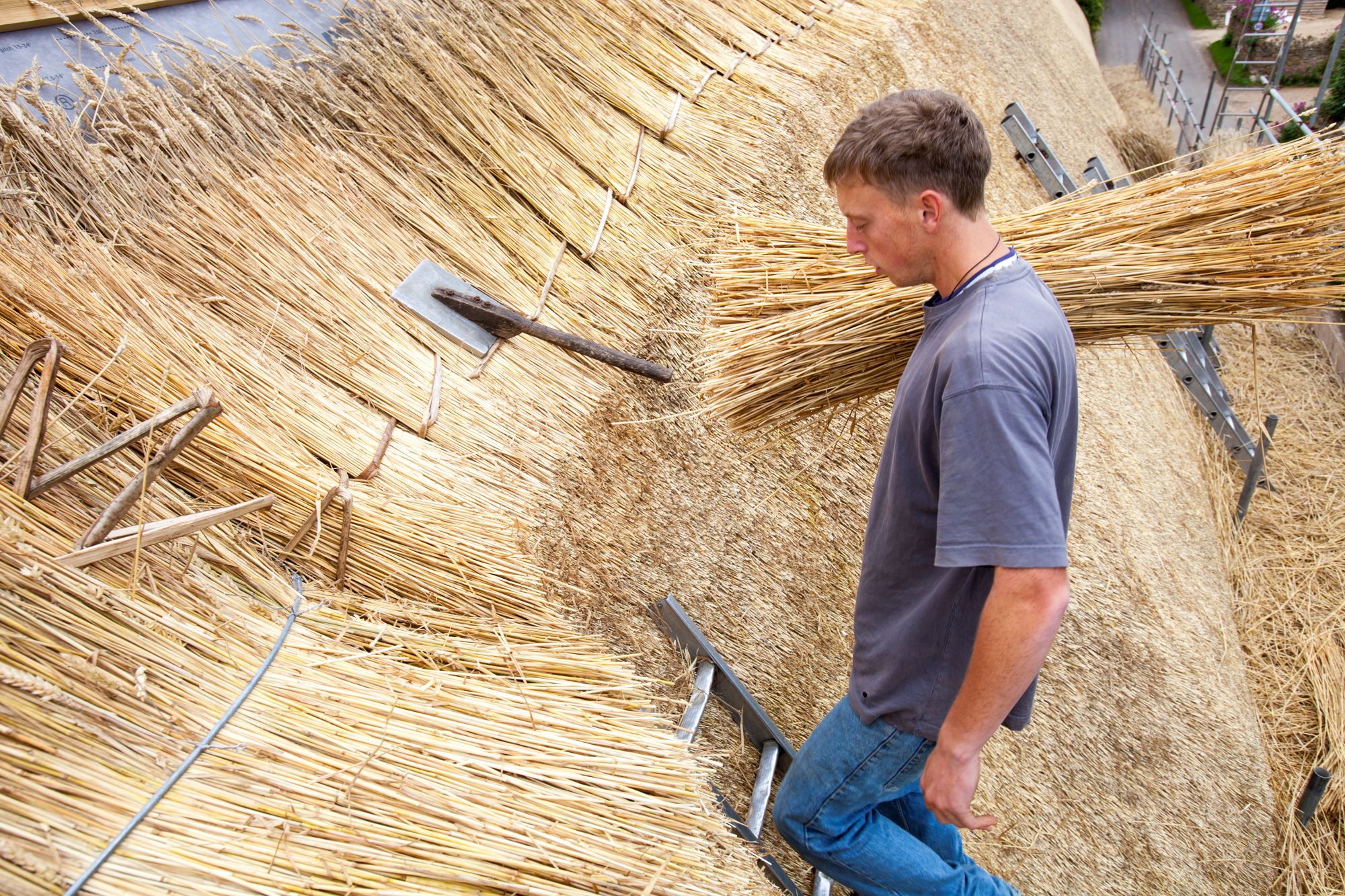
Are thatched roof costs cheaper with different types of thatching materials?
There are three main types of thatching material that are used in the UK: long straw, combed wheat, and water reed. The material cost itself does vary, according to Andrew Raffle, but the overall thatching costs tend to be very similar. That's because while the physical material cost might be cheaper, the cheaper material is often more labour intensive and skilled to thatch. Likewise the more expensive thatching materials tend to be easier to lay.
"Strangely enough the raw materials outweigh the difference in the labour. The cost of thatching in either materials would be quite similar usually," he explained. "They've all got their technical intricacies and like everything if the roof is prepared well you'll get a better finish."
Let's look at the three options in a little more detail:
- 1. Long straw is the shortest lasting and roofs thatched with this material tend to be found in the East of England. This is the cheapest material as there is less processing to produce it, according to Mr Raffle. However, there's a lot more preparation before you can actually thatch it onto the roof. And there's an awful lot of cutting of eaves and gables at the end of the job.
- 2. Combed wheat straw is more in between the other two options, in all respects. You've still got the cutting of barges (two straight thatch edges running into a point) and gables. The combed wheat is easier and quicker to lay than long straw. You can find properties with combed wheat thatched roofing across the country and it is grown locally by farmers.
- 3. Water reeds is the most expensive raw material but tends to be the easiest to lay. All of them are still very labour intensive but with the water reed it comes in bundles ready just to put on the roof and off you go.
It's also worth pointing out that if your home is thatched in one of these materials, you can't simply change material the next time you thatch your roof. Often the entire shape of the roof is designed to hold that specific thatching material and to change it is a major job.
I rather fancied switching from long straw to the more durable water reed to save costs in the long run, but it turned out it was not a viable option. Plus, after a little more research, long straw is actually unique to my area and to change it would be a fairly major change to the history and character of the house.
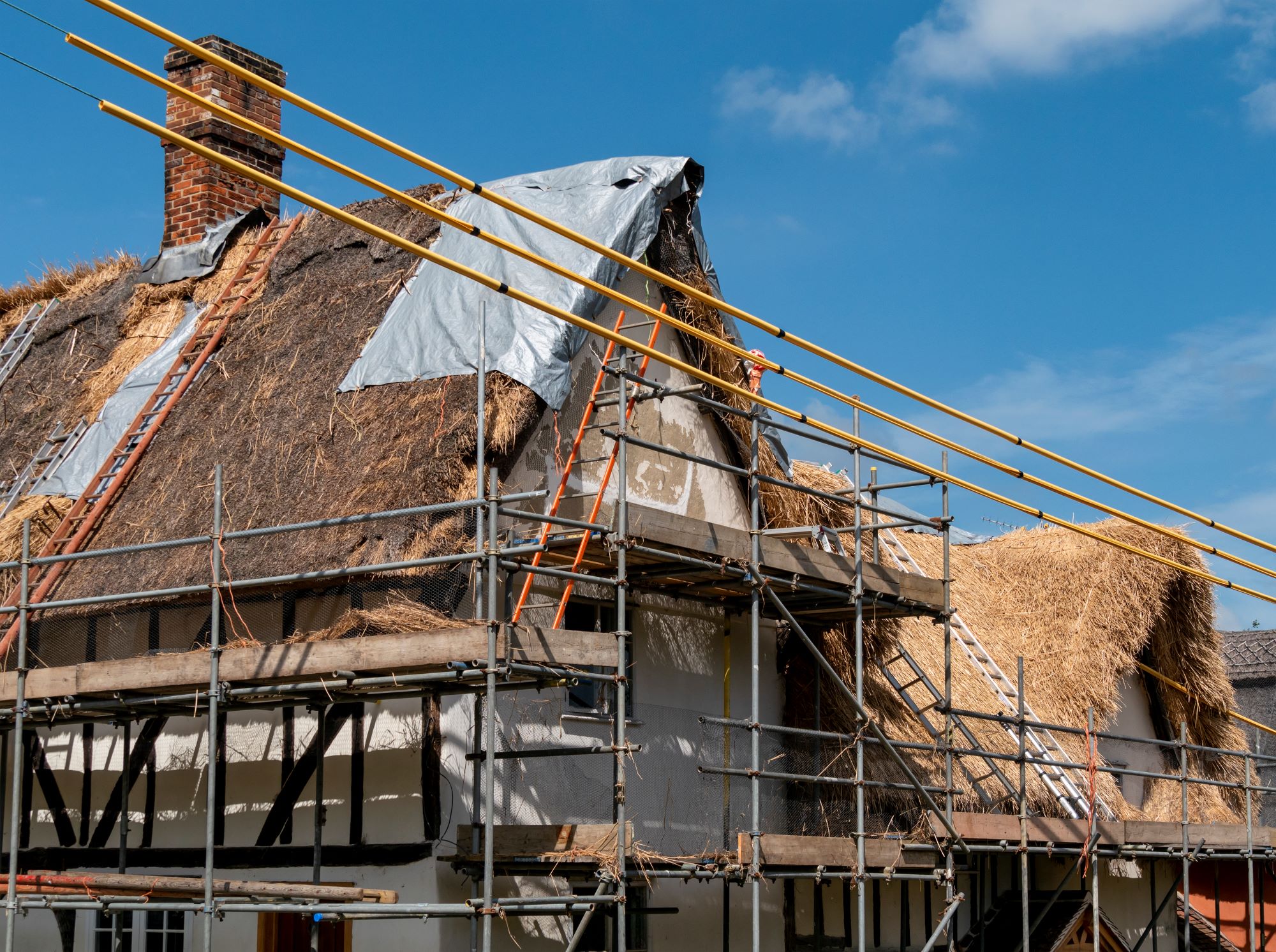
How long does it take to thatch a roof?
The process of thatching a roof takes between six and 10 weeks, according to Andrew Raffle from the National Society of Master Thatchers.
"A lot of thatchers are one man bands so of course that'll take a lot longer. If it is a one man or two man company, you're probably talking about six or 10 weeks or there abouts, depending on the complexity of the roof, the access, and other variables. And of course there's also the weather to consider," he explains.
Keeping the site tidy and disposing of the materials can also take time. "Often it is composted if possible," Mr Raffle says. "The thatchers don't want to take too much off the roof because it changes the thermal properties of the thatch if taking too much off and it can be difficult to dispose of. On balance it is quite nice to take enough off to get a solid foundation to put a new coat of thatch on."
It's worth bearing in mind that choosing to thatch your roof can't be a snap decision. There can be huge waiting lists to even book in to get your roof thatched. Where I live in Suffolk, my neighbours have been told there's a year waiting list right now and when I enquired about thatching my own roof a couple of years ago, even then there was a six month wait. Speaking to Master Thatcher Scott Sharp in Hampshire, he says he now has a two-year waiting list.
The reason for this is high demand and not enough thatchers. Problems with the supply of materials and the weather can cause delays too.
What time of year can you get a roof thatched?
While you won't catch a thatcher working in the rain, thatching can actually be carried out all year around. And even when it is raining your thatcher will still be busy in the straw barn preparing materials.
"You can thatch all year around," says Mr Raffle. "Even in winter you can re-thatch a roof. The tendency of winter is that we don't have that much rain. It might not be pleasant out there and it is cold, but it is much drier in winter."
How long does a thatch roof last?
Thatched roofs can last anywhere from 15 to 30 years before it needs thatching again. But the longevity of your specific thatch roof will depend on the thatching material it is made from, long straw being the least durable and water reed being the most.
"In general we do quote an average of 15 to 20 years for long straw. And an average of 30 years for water reeds and 20 to 25 years for the combed straw," explains Andrew Raffle.
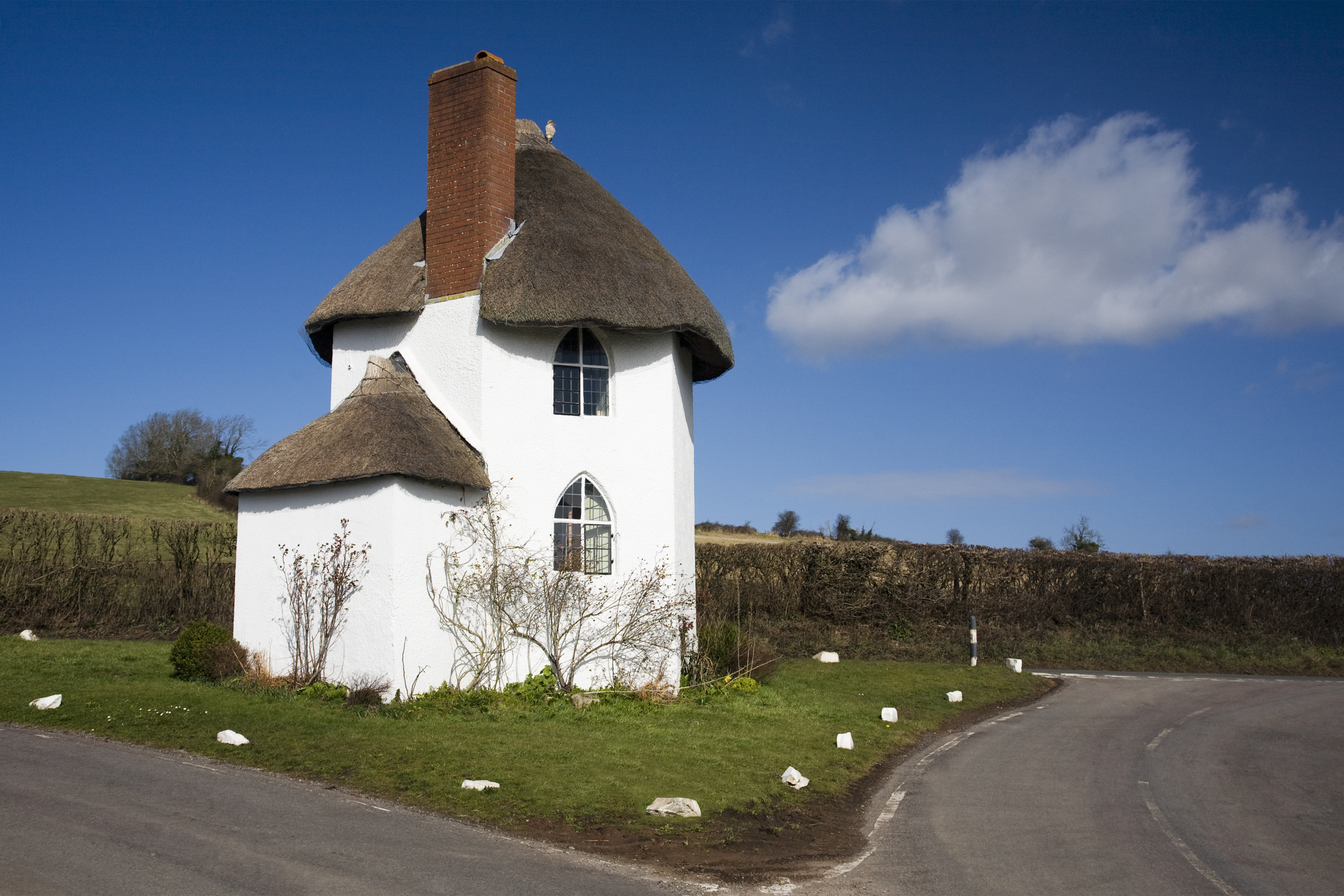
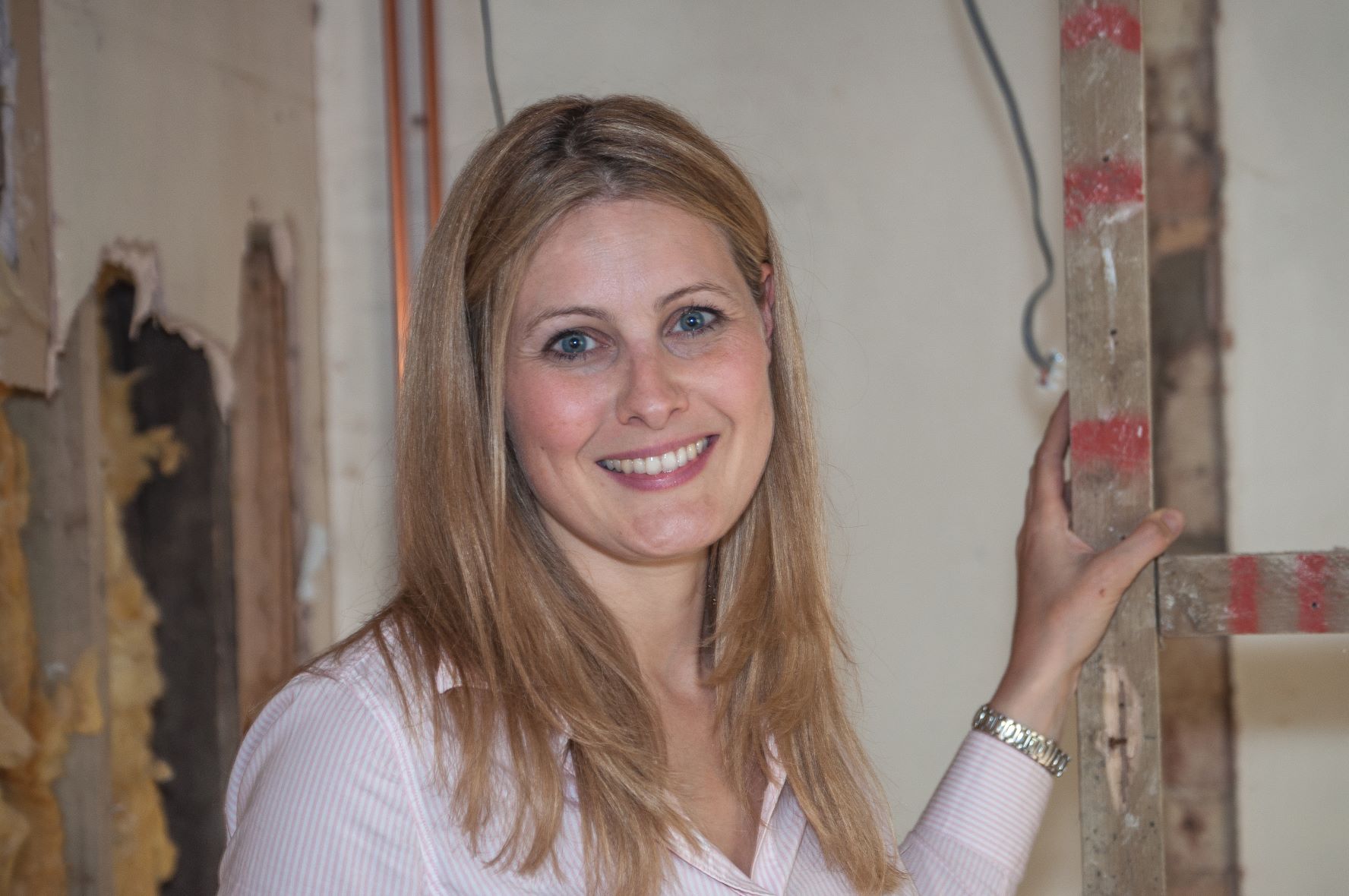
Amy spent over a decade in London editing and writing for The Daily Telegraph, MailOnline, and Metro.co.uk before moving to East Anglia where she began renovating a period property in rural Suffolk. During this time she also did some TV work at ITV Anglia and CBS as well as freelancing for Yahoo, AOL, ESPN and The Mirror. When the pandemic hit she switched to full-time building work on her renovation and spent nearly two years focusing solely on that. She's taken a hands-on DIY approach to the project, knocking down walls, restoring oak beams and laying slabs with the help of family members to save costs. She has largely focused on using natural materials, such as limestone, oak and sisal carpet, to put character back into the property that was largely removed during the eighties. The project has extended into the garden too, with the cottage's exterior completely re-landscaped with a digger and a new driveway added. She has dealt with de-listing a property as well as handling land disputes and conveyancing administration.
